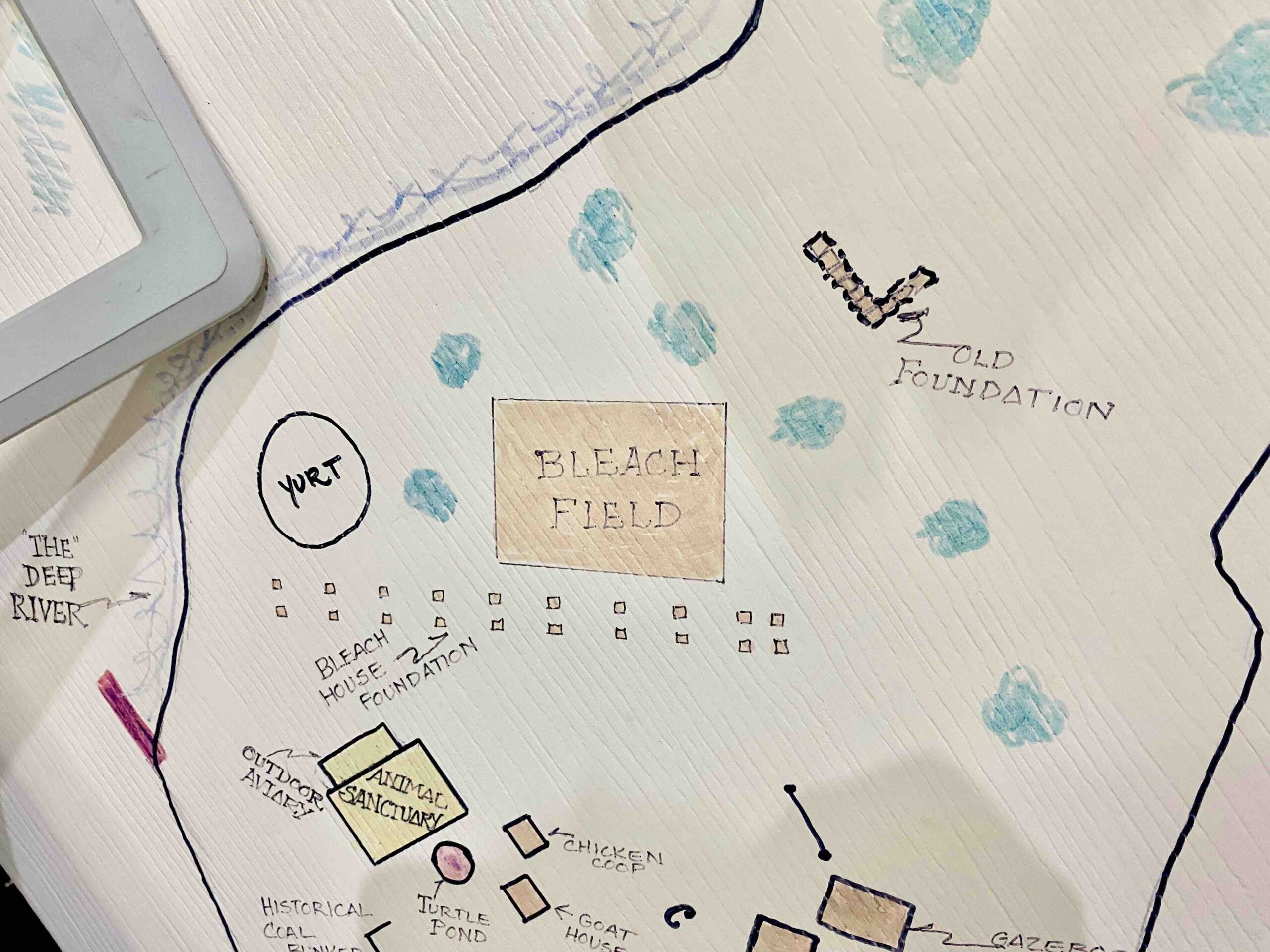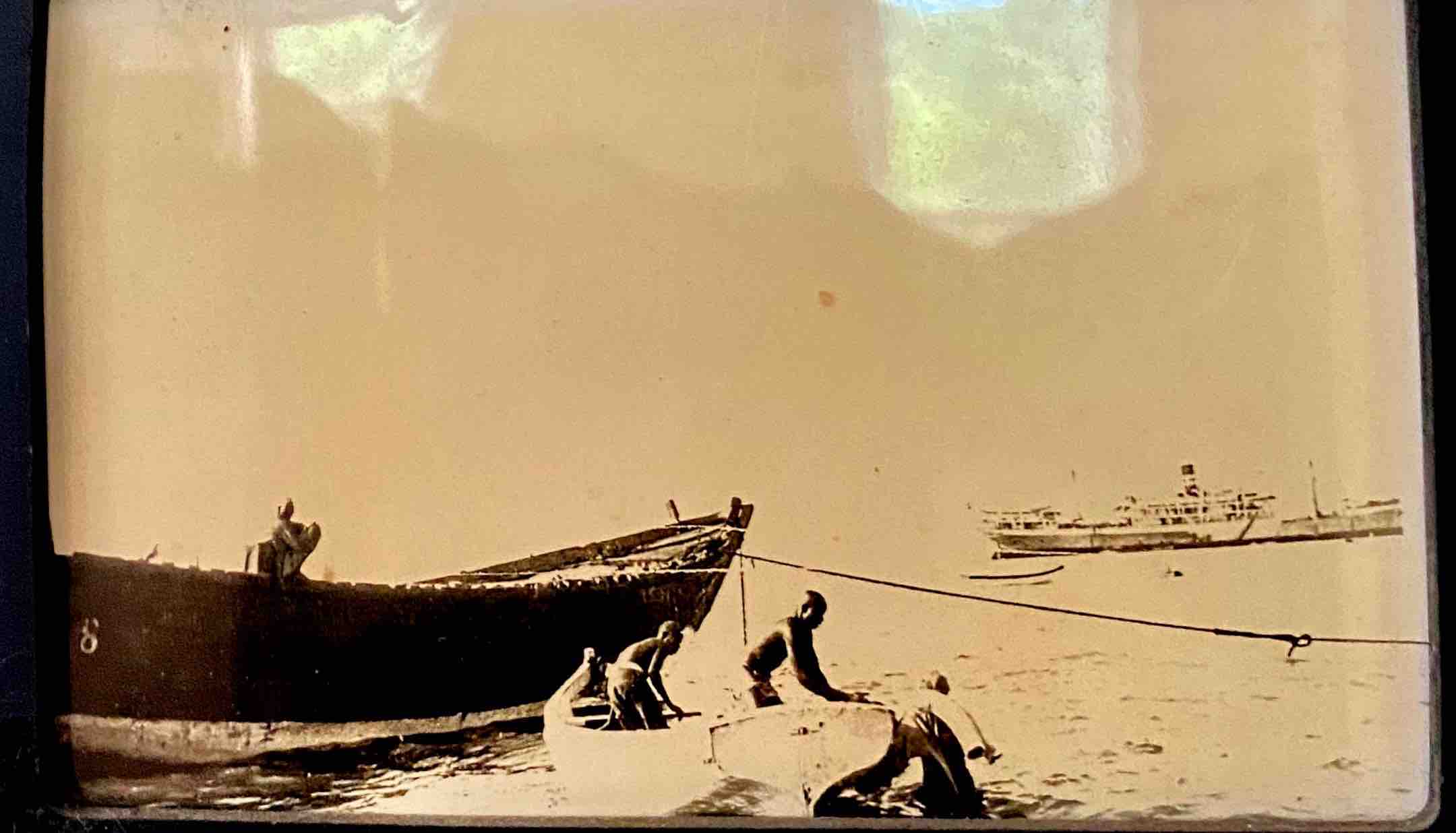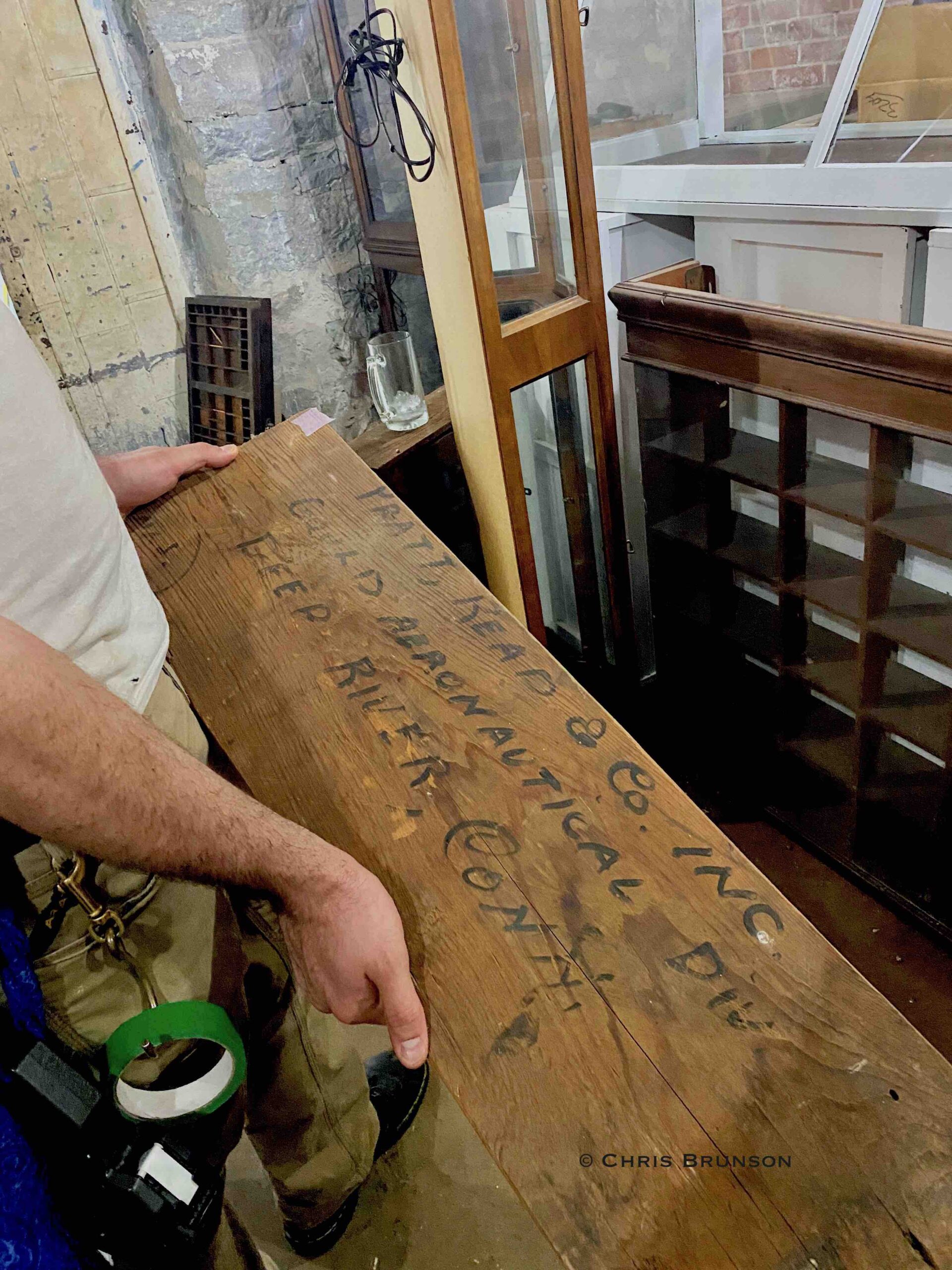Stories & Objects Sought: For PRP Pratt-Read, ESICO History Showcase
“All that is impossible remains to be accomplished.” Jules Verne
Intertwined history brought to the present in Deep River, Connecticut. Led by Pandemonium Rainforest Project (PRP) Ian Basilone, PRP manager and historian, let's go on a narrated tour through time. Chapters of life paging back and then forward. what is yet to unfold. Features many simply walk by and do not notice.
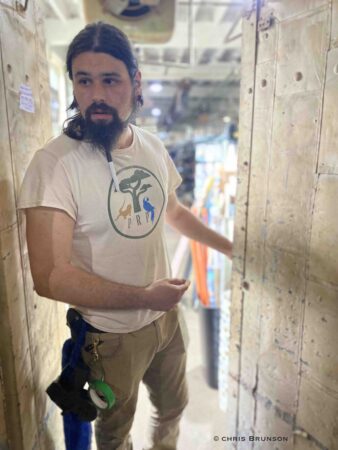
Ian Basilone, PRP manager and historian in the doorway of the museum room, a work in progress. For those who have objects and/or stories related, call to inquire about adding to the collections.

Behind the red door. Work in progress inside what once was an ivory vault. Image linked to another chapter of PRP.
History that lives in this building now home to a thriving and much-loved business that funds a worthy goal — to shelter and care for animals (parrots, birds, reptiles, more). Because pets with long lives and noisy voices (some) are living beings not things. Home means love, care, consistency, food and shelter.
PRP components in Deep River, Connecticut, include Pandemonium R3 (Recycle, Reuse, Repurpose) Thrift located in the former Pratt Read & Co., later Electric Soldering Iron Co. (ESICO, which moved to nearby Chester). Ashleigh's Garden is now on the PRP campus. Cafe Ella.
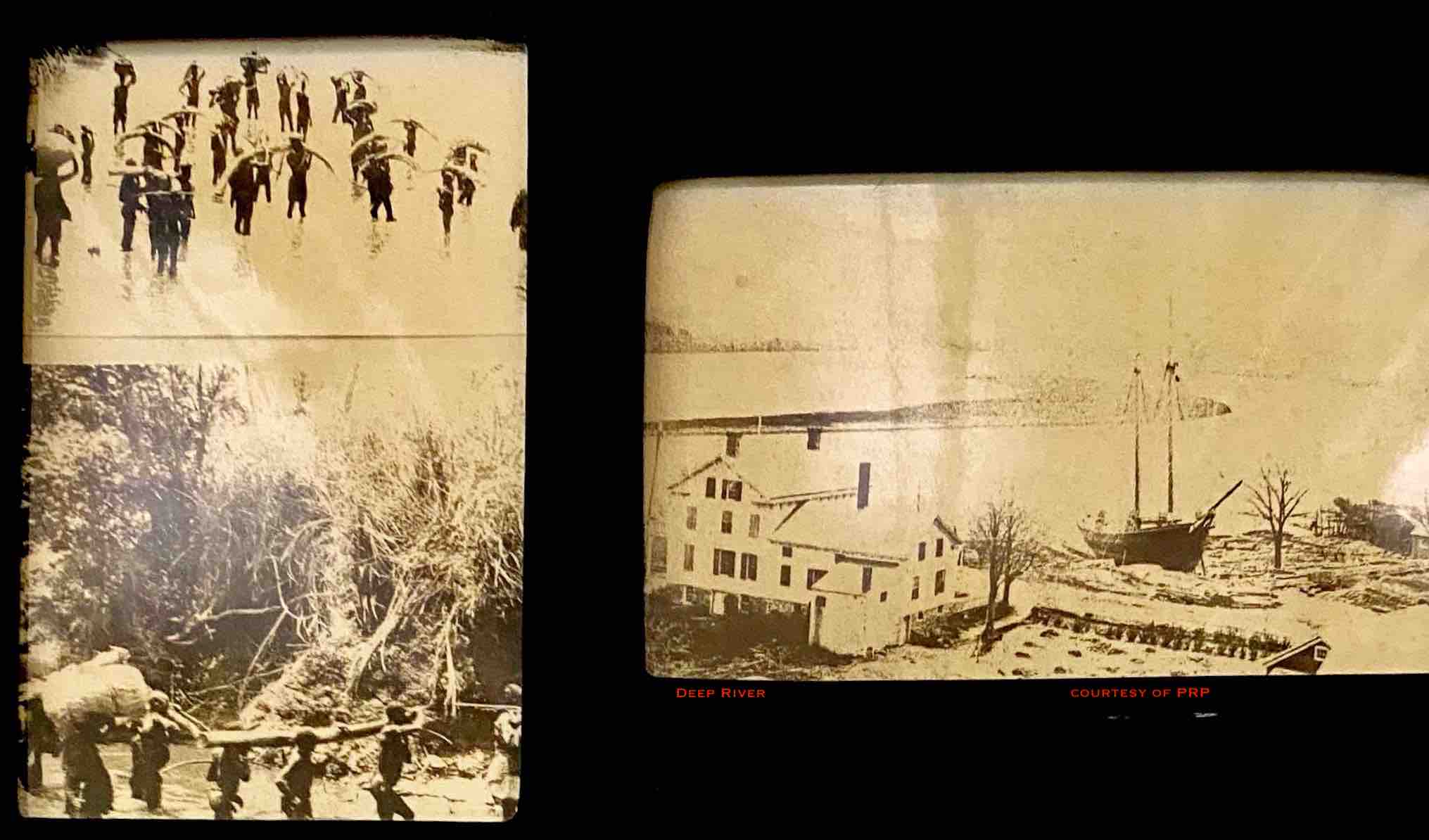
Left, tusks being transported in Africa. Right, the port of Deep River, Connecticut, North America. Detail, montage inside PRP.
From Connecticut Mills: Architectural Description
“The 1856 wood frame factory building is one and a half stories with gable roof. One to two bleach houses, with southwestern facing glass elevations, were located to the north of the factory until c.1925. An ivory vault was located to the west on the other side of the head race until c. 1936. The eastern engine shop and boiler house were built in 1911. According to town historian Rich Kalapos, as of 2016 the turn of the century turbine, rope-pulled elevator, and some machinery remain in place.”
There is no irony in the community's multi-layered business heritage to the once thriving ivory trade as both a maritime port and manufacturing center for such products as pianos, combs, more. However, the beauty of the setting belies the horror of how ivory from elephants is obtained, and at what cost in both human and elephant life. Banned worldwide in 1989, here's a relevant story via National Geographic as a video. Oh, people and their appetites.
“We are currently working towards building a large facility to house them all, a part of our non-profit organization The Pandemonium Rainforest Project. Please visit www.PandemoniumRainforestProject.org to learn more, see photos of our animals, and find out how you can help.” via http://www.ashleighsgarden.com/our-animals.html.)
Love this: “Meet Allison Sloane. From a very young age, Allison has always had a love for all animals and a passion for rescuing them. Throughout the years, she came to realize that reptiles and parrots are often overlooked; they are the forgotten souls of the animal world. She has over 30 years of experience working with reptiles, and more than 16 years working with parrots. For years she’s been doing outreach programs with the reptiles to engage and educate the community.”
Light the light to vanquish darkness. Listen as Ian leads on. Hear the bell ring out from above.
Hidden features (to most) and architectural details, stories, what is now buried under the on-ramp to Route 9. How all connects to the local area and the world.
Thank you, Ian Basilone, PRP manager and historian, Deep River, CT. 🔔 pic.twitter.com/LJaMfV1lsj
— Moo Dog Press (@MooDogPress) June 30, 2023
Intertwined stories of slavery, trade, slaughter, wars and objects. A vault once full of valued tusks, emptied and buried under the upwards on-ramp to Route 9. (Will never travel this now without remembering.) A map with bleach fields and processes. Repurposed to create homes for critters, may it educate and enlighten visitors as the animals have a home, feed, life in the outdoors to stimulate these intelligent beings.
“We are a community dedicated to rescuing and preserving exotic animals. Our campus is open to the public for you to enjoy our cafe, thrift store, community events as well as visit our exotic animals.”
(Please no dogs on the site.)
Interpretive signs and trail work in progress.
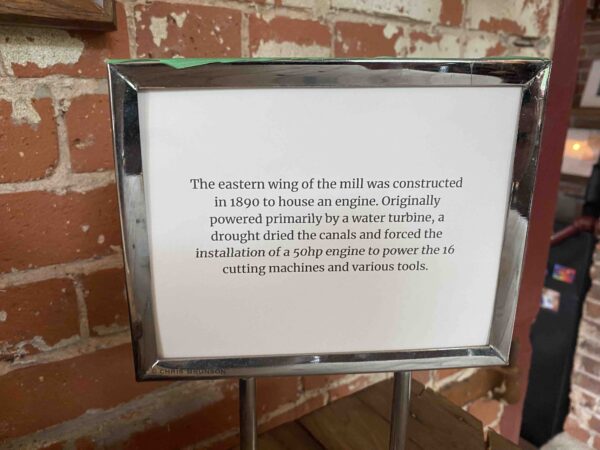
“The eastern wing of the mill was constructed in 1890 to house an engine. Originally powered primarily by a water turbine, a drought dried the canals and forced the installation of a 50 hp engine to power the 16 cutting machines and various tools.” More signage to interpret the history on site will be added as time allows.
Did you notice?
The green shades atop the lights outside? (Original.) The cupola, which must have stairs that lead up (actually stairs then a ladder). The colors chosen for the structure, windows replaced as needed, bricks carefully cleaned. Beauty, utility, thoughtfulness. And, yes, humor in some displays.
In the collections of the Smithsonian, this: Pratt, Read Corporation Records. Dates: 1839-1990 … 84 cubic feet, 106 boxes, 28 oversize folders. Archives Center, National Museum of American History.
“Records documenting Pratt, Read and Company; its early competitor and later partner, Comstock, Cheney and Company; and a number of predecessor, subsidiary and related companies. Other topics include the late 19th-century African ivory trade and Pratt, Read's production of troop-carrying gliders during World War II.” Includes an image from Gould Aeronautical Division.
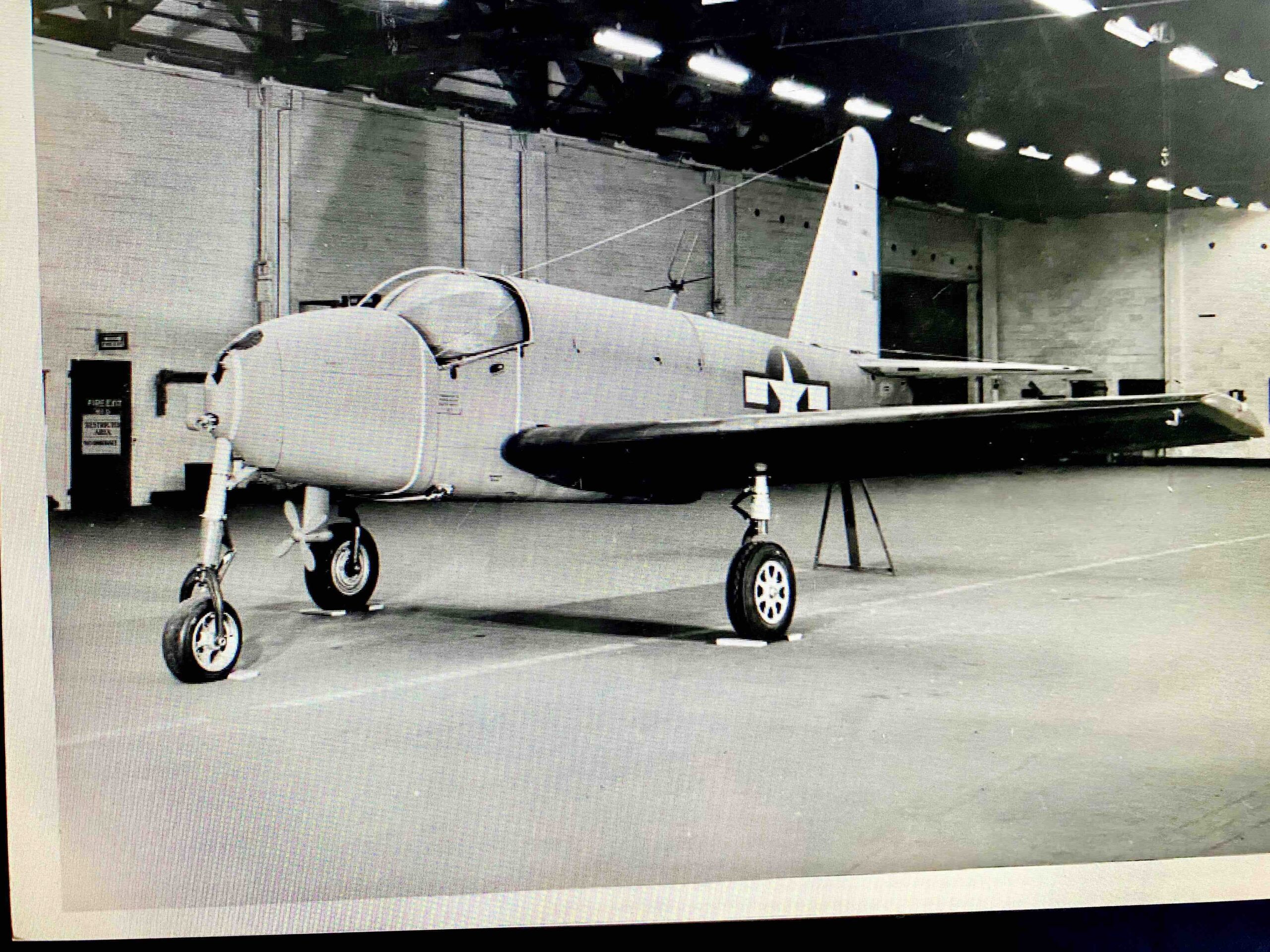
Gould Aeronautical Division. Pratt, Read Corporation Records, National Museum of American History, Archives Center.
Editor's note: This story was previously published in 2023 and has been updated. To be continued.
— Moo Dog Press (@moodogpress.com) March 16, 2025 at 2:33 PM

